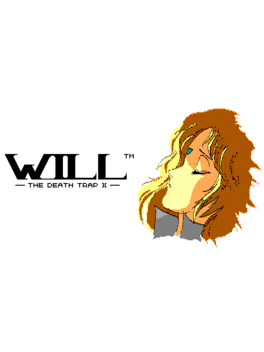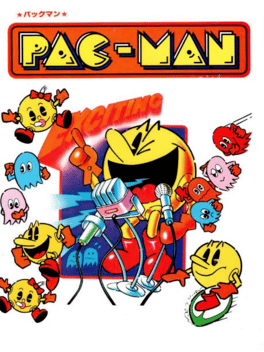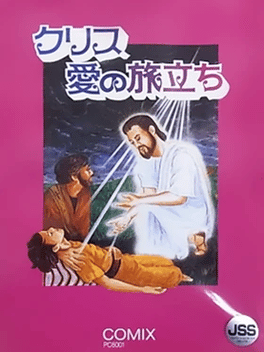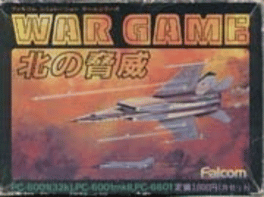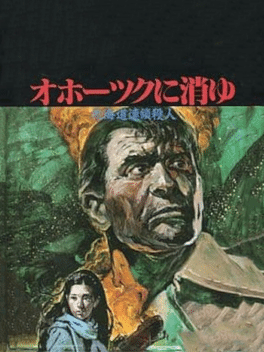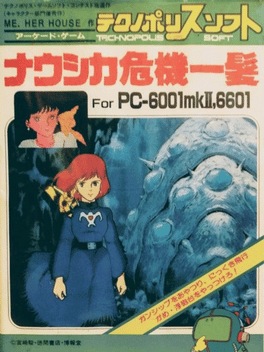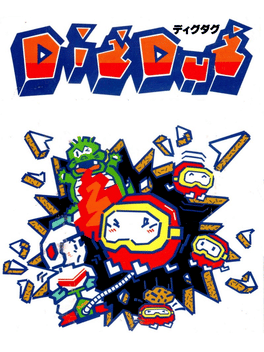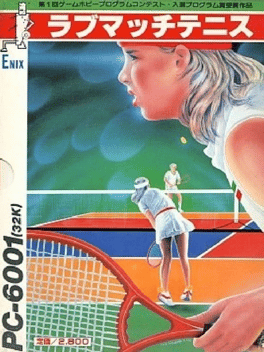New Nec Pc 6000 Series Games
-
Space Harrier
1987
Space Harrier
1987
The PC-6001 mkII port of Space Harrier reduces many of the graphical elements to squares and simple shapes, presumably to achieve a higher framerate. -
Will: The Death Trap II
1985
Will: The Death Trap II is a video game developed and published by Squaresoft in 1985, for the NEC PC-8801, NEC PC-9801, Fujitsu FM-7 and Sharp X1 computers. Developed by Hironobu Sakaguchi, the game was a technical milestone for its real-time animated cutscenes, rendered using animated bitmap graphics, as well as its soundtrack by Nobuo Uematsu. -
Galaxian
1984
-
Pac-Man
1984
-
Chrith: Ai no Tabidachi
1984
People are suffering, waiting for a helping hand. Christ, only you can save them. A new type of spiritual world game that casts ripples in the desolate action game world. Once you play it, you will not be able to hold back your tears. From the melancholy of its Christian themes, 1984's most emotionally moving work, "Christ: Journey of Love". Chrith is a simple arcade-style side-scrolling action game where you must literally the touch the lives of people around you. The titular savior must wield a divine staff upon others to bless them, all while avoiding evil beings sent to stop you. You do this across many levels, aiming for a high score. -
The Threat of North
1984
The Threat of North
1984
A war simulation game developed by Falcom about the Soviet Union invading Japan. -
Nausicaä's Close Call
1984
A Japanese shoot 'em up video game developed and published by Technopolis Soft for the NEC PC-6001. -
Dig Dug
1983
Dig Dug
1983
Dig Dug is a 1-2 player arcade game in which you have to use your shovel to dig your way through the earth. Stopping you from doing this are two monsters, called Pooka and Fygar, who will continually chase you around. The only weapon that you carry is an air pump, which you can use to inflate the monsters to the point where they explode. (if you start to inflate them but stop doing so, the monsters will get turned back to their normal selves). Furthermore, rocks are scattered throughout the earth, and you can use these rocks to squash them. If the monsters do not find you for several seconds, they will eventually get turned into ghosts, which can walk through the earth. They are invincible and cannot be killed. From time to time, vegetables will appear in the center, and you can get these for points. -
Love Match Tennis
1983
Love Match Tennis
1983
Lover Match Tennis is a tennis game where you play as a first-year tennis girl who gets to challenge one of three seniors: Maiko a junior, Kumiko a second year, and finally Jun-Kun a third year is the toughest out of the other two. You must knock the ball in because if it's out then the opponent gets the points, or you can still earn points depending on how long you prevent the ball from going out. The game ends when your opponent gets all 4 wins. -
AX-5: Orion / Quest
1982
AX-5: Orion / Quest
1982
Part of ASCII's AX series of baseline PC-6001 tape software, this compilation includes Orion, a first-person space-sim shooter a la Hadron or Star Raiders, and Quest, a maze-based dungeon crawler akin to Hunt the Wumpus. Orion has you piloting a spacecraft and dogfighting with enemy vessels for points. The game eschews earlier Star Trek-based zone control systems for a more arcade-like experience, focused entirely on fast-paced combat. Different ships offer different challenges, both in tracking and aiming. Players at the time noted this game for its impressive graphics performance and replication of vector shooters on limited hardware. Quest puts the player in a labyrinth which they must escape while defeating monsters. Using a radar to track these invisible enemies, you must collect ammunition throughout the corridors, shoot the beasts down, and reach the end unscathed. Like its companion program, this game relies on raster wireframe graphics to run smoothly.

